|

|

|

|
Recent collaborative research between scientists from Canadian universities (Queen’s University and Mount Allison University) and government agencies (Environment and Climate Change Canada and Alberta Environmental Monitoring, Evaluation and Reporting Agency) identifies climate warming as the dominant driver of a regional increase in aquatic primary production in the Athabasca Oil Sands Region (AOSR).
Given the co-occurring stressors of a changing climate and intense industrial development, there are questions regarding why algal populations have increased in lakes near oil sands development. A variety of emissions are released from the oil sands, including many nutrients that may potentially fertilize algal growth. However, warmer climates may also enhance algal bloom production.
Lacking systematic monitoring data predating AOSR industrial activities beginning in the late ~1960s, the researchers used dated lake sediment cores to reconstruct past algal production and industrial impact at 23 remote, helicopter-accessed lakes in the oil sands region. Snowpack samples were also used to determine the nutrient deposition across the landscape.
“One of the biggest challenges we have in environmental work is the lack of reliable long-term monitoring data. Fortunately with lakes, their sediments act like a ‘history book’, archiving past environmental changes” notes co-author Dr. John Smol, a biology professor at Queen’s University and the Canada Research Chair in Environmental Change.
Previous work by members of the research team (Kurek et al., 2013, PNAS) showed that contaminants from oil sands operations were clearly recorded in the lake sediments, and that algal production was also increasing. However, since only 6 lakes were used in the initial study, the cause of increased algal populations remained uncertain. This 2016 study greatly expands the initial work by examining 23 remote lakes with catchments undisturbed by industry, located up to ~200 km away from the main oil sands operations.
“Our approach identifies widespread increases in lake primary production that we cannot link solely to the fertilizing effects of the local industry. Rather, we find a stronger link to a warming climate, which is consistent with other studies in the region,” summarizes lead author, Ms. Jamie Summers, a doctoral candidate at Queen’s University’s Paleoecological Environmental Assessment and Research Laboratory (PEARL). Primary production increases were independent of a lake’s location relative to industrial emission sources and patterns of nutrient fertilization in snow samples near the study sites. Summers concludes, “Industrial activities still present a significant threat to freshwaters in the region, but increasing algal production driven directly by aerial nutrient fertilization does not appear to be the dominant stressor. Instead, we found much closer relationships with warmer air temperatures, which can lead to favourable conditions for algal growth, including decreased ice cover and an extended growing season.”
“The region is continually experiencing substantial multiple stressors” notes Dr. Joshua Kurek, co-author and assistant professor at Mount Allison University. “Our findings show the legacy of these stressors and further ecosystem shifts are likely to occur given humankind’s track record on carbon emissions.”
The study is published in PLOS ONE and can be obtained free of charge from their website. Alternatively, contact Dr. John P. Smol at smolj@queensu.ca.
Other members of the research team include Dr. Jane Kirk, Dr. Derek Muir, Ms. Xiaowa Wang, Dr. Johan Wiklund, Dr. Marlene Evans (Environment and Climate Change Canada), and Dr. Colin Cooke (Alberta Environmental Monitoring, Evaluation and Reporting Agency).
Funding for the research was provided by Environment and Climate Change Canada, the Canada-Alberta Joint Oil Sands Monitoring Program, the Alberta Environmental, Monitoring Evaluation and Reporting Agency, and the Natural Sciences and Engineering Research Council of Canada.
NOTE: For high-resolution JPEGS related to this paper, Click Here.
Contact:
Communications
Officer
News and Media Services
Queen’s University
Kingston, Ontario, Canada
613-533-2877
Attention broadcasters:
Queen’s has facilities to provide broadcast quality audio and visual feeds.
For television interviews, we can provide a live, real-time double ender
from Kingston via fibre-optic cable.
|
John P. Smol, Ph.D
(Corresponding Author) |
Jamie C. Summers |
|
Joshua Kurek |
Jane L. Kirk |
|
Derek C.G. Muir |
Xiaowa Wang |
|
Johan A. Wiklund Aquatic Contaminants Research DivisionEnvironment and Climate Change Canada, Burlington, Ontario, Canada johan.wiklund@canada.ca |
Colin A. Cooke |
|
Marlene S. Evans |
Links to media coverage of this article:

|